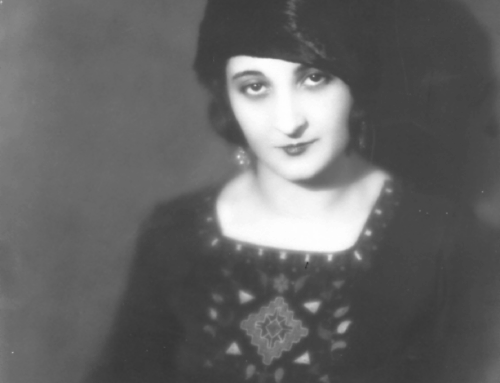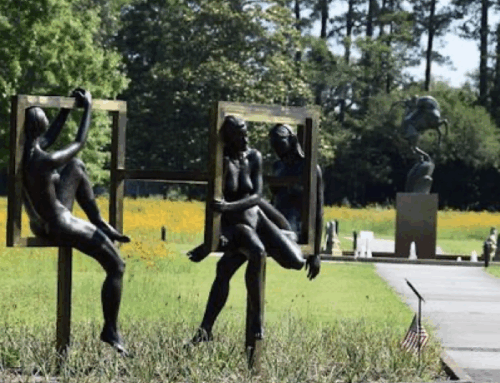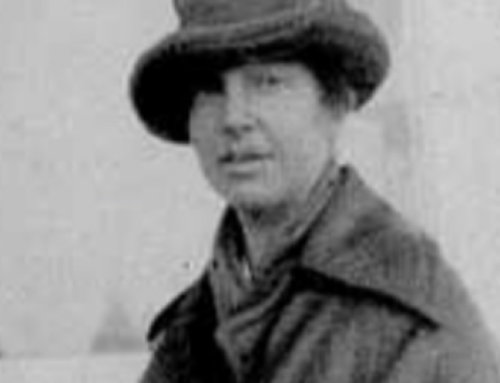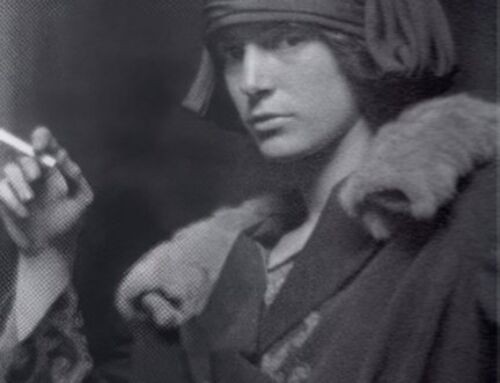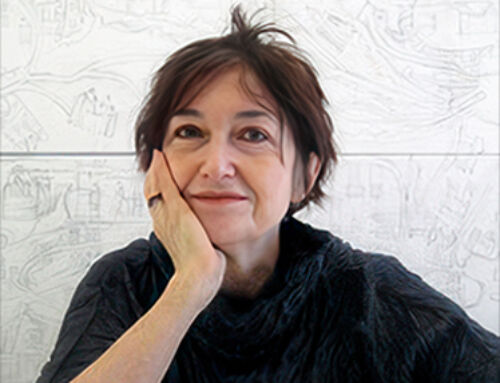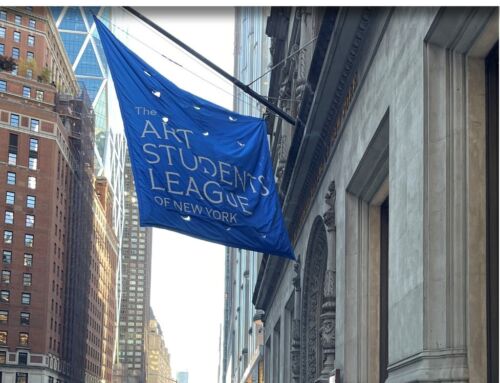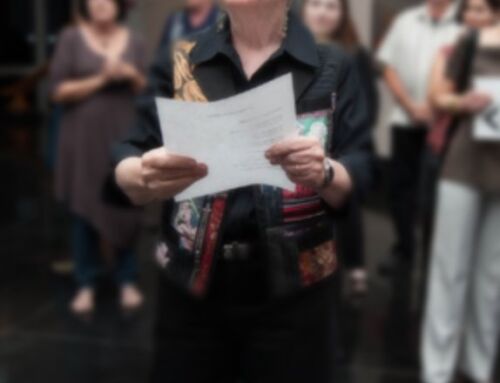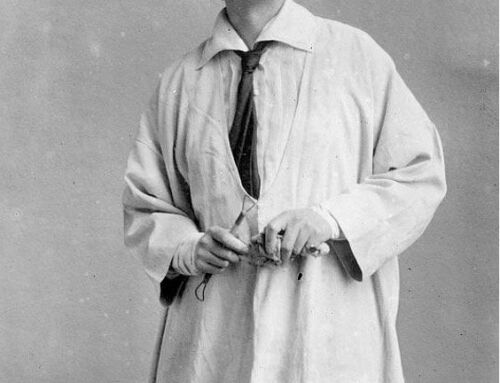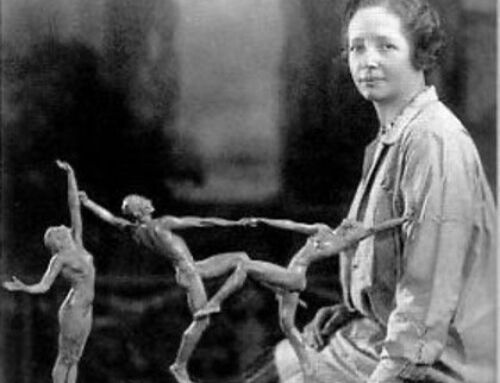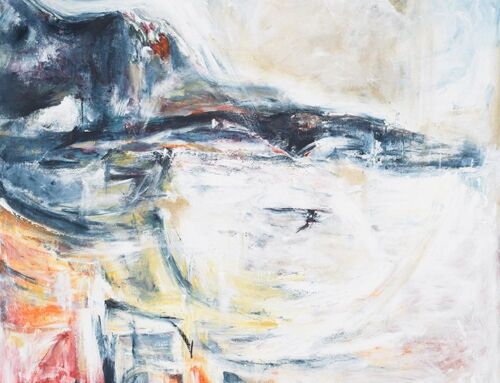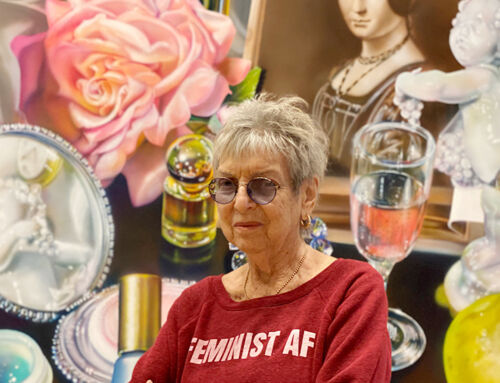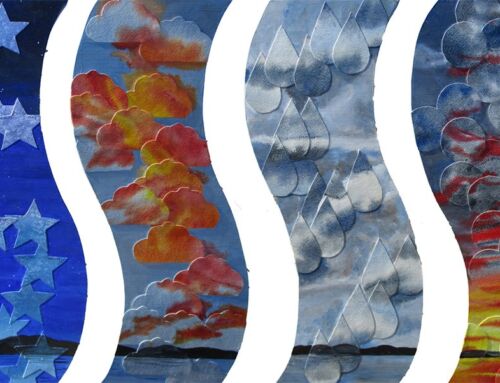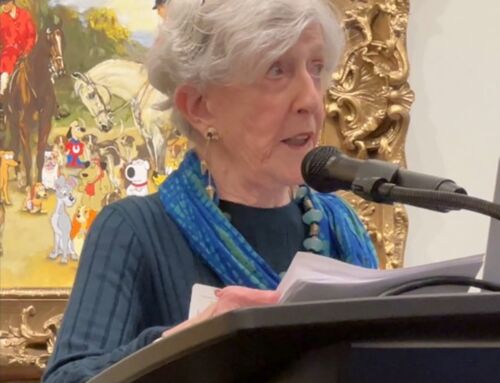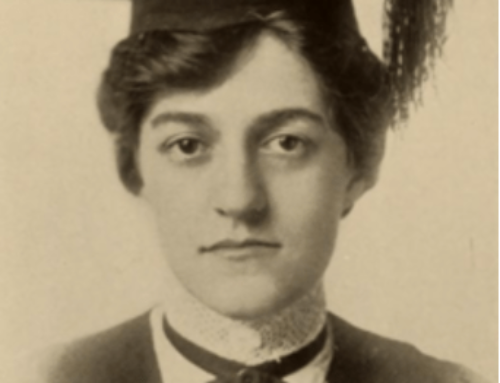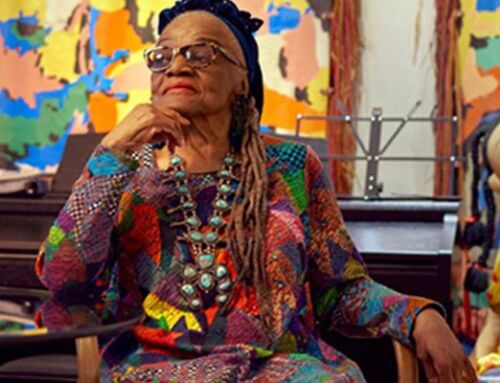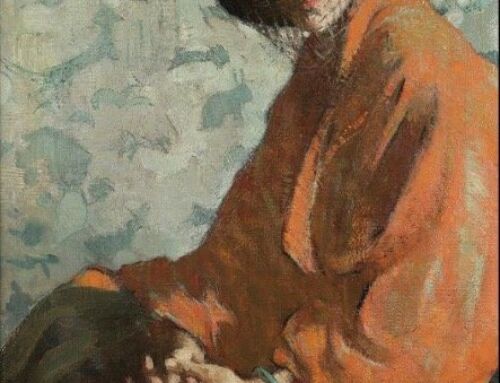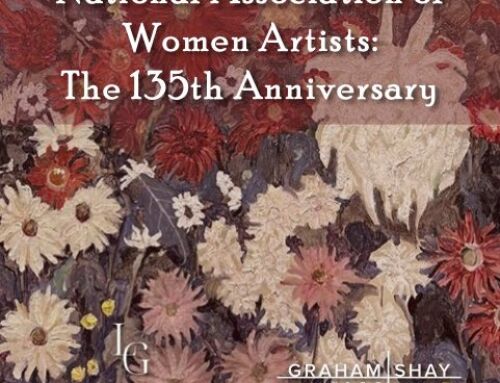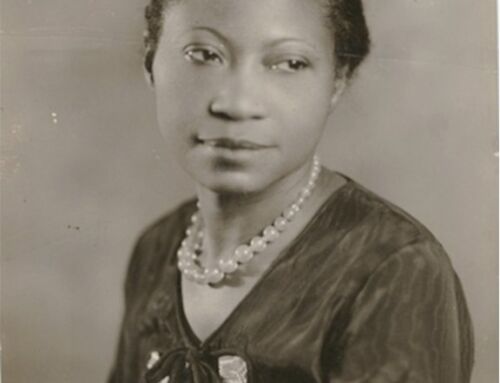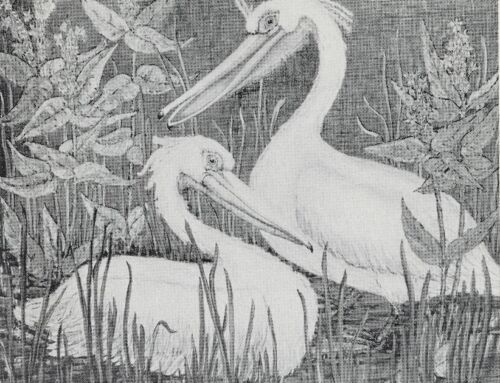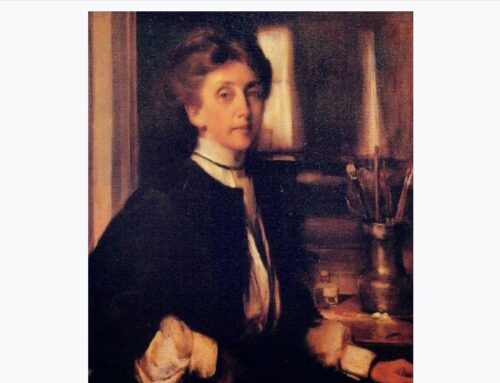NAWA Luminaries – Bessie Potter Vonnoh (August 17, 1872 – March 8, 1955)
NAWA Luminaries is the intersection of NAWA’s Historical Research and current events around the United States, highlighting celebrated NAWA members.
Graham Shay 1857, at 17 East 67th Street in New York, is exhibiting A Curated Selection of Twentieth Century American Paintings &Sculpture through August 30, 2024. Among the esteemed artists in the show are four historical members of NAWA: Harriet Whitney Frishmuth, Janet Scudder, Bessie Potter Vonnoh, and Anna Walinska. These artists have significantly contributed to the twentieth-century American art scene, and their works are a testament to their artistic prowess. The acclaimed sculptor Bessie Potter Vonnoh is the subject of this celebration of NAWA Luminaries.

Bessie Potter Vonnoh in her studio by Jessie Tarbox Beals, c. 1905, silver print, Department of Image Collections, National Gallery of Art Library, Washington, DC.
Bessie Potter Vonnoh was an American sculptor who looked for “beauty in the everyday world, to catch the joy and swing of modern American life.”1 She was best known for her small bronzes, primarily of domestic scenes, and her garden fountains.
Bessie Onahotema Potter was born in Saint Louis, Missouri, on August 17, 1872, the only child of Ohio natives Alexander and Mary McKenney Potter. Her father died two years later in an accident at the age of 38.
Bessie suffered from an undiagnosed illness after her father’s death. The illness stunted her growth and kept her confined and inactive for years. By 1877, Bessie and her mother had joined members of her mother’s family in Chicago. When allowed to attend school, she enjoyed clay modeling and endeavored to become a sculptor. In 1886, at age 14, she enrolled in classes at the Art Institute of Chicago. Bessie earned enough money to pay for her tuition when a local sculptor, Lorado Taft, hired her as a studio assistant on Saturdays. From 1890 to 1891, she studied with Taft at the Art Institute, where she completed sculpture courses and was one of his assistants, known as the “White Rabbits,” along with NAWA historical members Janet Scudder (NAWA 1914), Enid Yandell (NAWA1924), and Helen Farnsworth Mears (n.d.), assisting Taft on the sculpture program for the Horticultural Building for the World’s Columbian Exposition of 1893. Bessie also had a commission at the fair, creating the Personification of Art for the Illinois State Building. The exposition introduced her to the portrait statuettes of Paul Troubetzkoy, an Italian sculptor of Russian origin described by George Bernard Shaw as “the most astonishing sculptor of modern times,” inspiring her to develop a similar genre. After this success at the exposition, Bessie Potter opened her studio in Chicago and made plaster figurines of society women, friends, and their children.

Bessie Potter and Robert Vonnoh, c. 1930.
She traveled to New York and took her first trip to Paris in 1895, visiting the studios of eminent sculptors such as Auguste Rodin. While traveling abroad, including in Paris and Florence, she did not study with European masters. The American Impressionist movement influenced her work, as suggested in one of her most famous works, A Young Mother, which was included in the 1898 National Sculpture Society exhibition and led to several public sculpture commissions.
In 1899, Bessie moved to New York City, and On September 17, I899, she married Impressionist painter Robert William Vonnoh (1858-1933). The Vonnohs lived in New York and maintained a summer home in Lyme, Connecticut.
Bessie received a Bronze Medal for A Young Mother at the 1900 Exposition Universelle in Paris and an honorable mention at the 1901 Pan-American Exposition in Buffalo, New York. She was awarded a Gold Medal for a group of ten works at the 1904 Louisiana Purchase Exposition in St Louis, Missouri.
Her small-scale works had broad appeal because they were suitable for the average American home. Many of her sculptures were portraits, like Water Lilies (1913), when she created the likeness of fellow artists Helen Savier and Frank DuMond’s daughter. She was “determined to prove that as perfect a likeness and as much beauty could be produced in statuettes twelve inches in height, and in busts of six inches, as could be had in the life-size and colossal productions suitable for so few houses.”2,3
In December 1912, a New York Times article included comments about her works at the New York Academy of Art. There were one hundred and sixty-six examples of “the principal influences at work in the American sculpture” of the day in the show, and Bessie’s figurines were referred to as “lovely” and of a “charming style.”4 The article continues: “Without the sincerity of her reading she could not have made clear the depth and power of a reticence that conceals reticence. And we must applaud once more her skillful harmonizing of detail in the contemporary costume, her selection of the most distinguished line for emphasis.”
Bessie had a solo exhibition at the Brooklyn Museum in 1913 and became a member of the National Association of Women Painters and Sculptors (former name of NAWA) in 1920, winning the National Arts Club prize that year. In 1921, she was the first female sculptor accepted as a permanent National Academy of Design member and received the Watrous Gold Medal. Her work was well received by the public, and in the 1920s, she began working on a larger scale, creating large fountains, like the bird bath composed of children’s figures for the Roosevelt Bird Sanctuary at Oyster Bay, Long Island, NY, from 1925.
Bessie Potter and Robert Vonnoh, c. 1930.
In 1931, she joined The National Institute of Arts and Letters, but after Robert Vonnoh died in 1933, she produced relatively little work. Notably, in 1937, she created the memorial to Frances Hodgson Burnett for the Children’s Garden in Central Park, New York. Bessie married again in 1948 to Dr. Edward L. Keyes, Jr., a widower, who died only nine months later. Bessie Potter Vonnoh died in New York City in 1955 at 82.
In 2008, the Florence Griswold Museum in Old Lyme, Connecticut, mounted a retrospective, Bessie Potter Vonnoh: Sculptor of Women, curated by Julie Aronson, PhD, Curator of American Painting and Sculpture at the Cincinnati Art Museum.
Sources:
2Aronson, Julie (2008). Bessie Potter Vonnoh: Sculptor of Women. Ohio University Press.
3Kim, Linda (June 2014). “Separate Spheres: Potterines, Gender, and Domestic Sculpture in Turn-of-the-Century America.” American Art. 28 (2): 2–25.
Brookgreen Gardens: Sculpture by Bessie Potter Vonnoh (1937). Brookgreen Gardens, S.C.
https://www.aaa.si.edu/collections/bessie-potter-vonnoh-papers
http://www.flogris.org/exhibitions/2008/08Vonnoh/08Vonnoh.html
1https://www.metmuseum.org/toah/hd/bess/hd_bess.htm
Susan M. Rostan, M.F.A , Ed.D. Co-Leader: NAWA Historical Research Team. Website
Signature Member of the National Association of Women Artists
NAWA. Empowering Women Artists Since 1889



